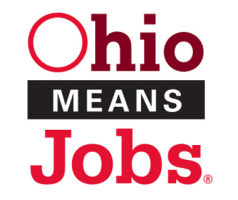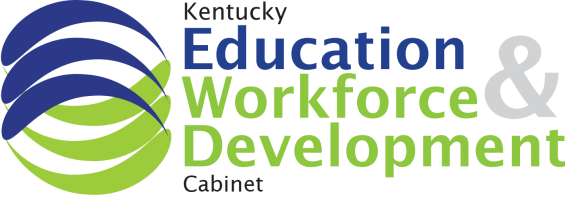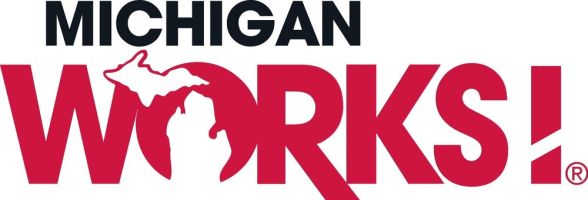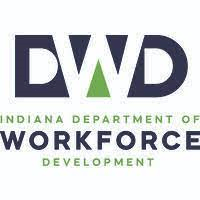Meet Beverly Motley
Beverly Motley is Regional Director of Breakthrough Performance Group (BPG) with responsibility for Cleveland, Central Ohio and remaining Northeast Ohio cities. Ask Beverly what excites and energizes her, she’ll tell you “Solving problems, lifelong learning, and Lean Six Sigma.”
Solving Problems: Bev has been solving problems as a Consultant and Project Manager for more than ten years. Click here to learn more about her career as an Independent Consultant and Project Manager.
Lifelong Learning: Bev has an impressive list of life-long learning credits. In addition to the Lean Six Sigma Black Belt (LSSBB) certification she earned in 2011 (after training with BPG founder Paul Gormas), Beverly:
- has a Bachelor’s Degree in Finance
- a Master’s Degree in Health/Hospital Administration
- a Paralegal Professional Certification with specialties in Healthcare, Employment and Contracts
- has Certifications in Compensation and International Global Remuneration
- Licensed Insurance in 26 states and
- expects to earn her Project Management Professional (PMP) Certification in 2019.
What Beverly wants her BPG students to know about getting the most of out their LSS training:
- Be able to articulate and provide a definition of Six Sigma succinctly (15 words or fewer). Bev’s succinct definition: “Six Sigma is a data driven, problem solving methodology that improves performance. “ Bev further emphasizes LSS’s can be applied to any problem and used across all industries.
- Work as many projects, both paid and unpaid, as soon as your BPG Lean Six Sigma training is completed. She says: “By engaging the problem-solving methodology quickly and consistently, your aptitude and skill in using diverse Six Sigma tools will improve. Your time to complete a project will become more efficient and improve as well.”
- Be excited about solving a problem and never turn down a project. “Volunteer to solve a problem at work, during play, or in a hobby or community related activity to gain experience using Lean Six Sigma tools.” Here are some suggestions for identifying a volunteer project:
- Use data (i.e. customer surveys) to identify a pain point.
- Chase the worst first and evaluate the worst first.
- If you are job hunting, ask during an interview “What are your top two pain points (e.g. frustrations)? What keeps you up at night?” Then volunteer to solve a problem using the LSS skills learned. Companies love employees who are problem solvers, critical thinkers, intellectually curious, and interested in setting goals that can save money, increase revenue, and enhance process efficiency.
- Create your personal Lean Six Sigma (LSS) tool box based on the types of problems you will typically need to solve. About 90% of Bev’s consulting work is in business operations. Her standard tool box consists of the following nine tools that she uses across all projects: Project Charter, Executive Summary, Voice of the Customer, SWOT analysis; Value Stream Mapping, Defects Per Million Opportunities (DPMO), Cost of Poor Quality, Control and Pareto Charts. The tools help Bev define, measure, analyze, and improve her clients’ operations. She adds tools as needed based on the pain point or type of problem to be solved.
What Real-World Experiences she shares with her students? Beverly considers Value Stream Mapping (VSM) one of the most powerful tools in her toolbox. She often shares two projects where VSM exposed the root cause of problems.
In the first experience, a large telecommunications leader had a metric of installing telephone and cable equipment for new accounts in 45 days or less. The metric was consistently missed: The actual time for processing new orders was 60-100 days. Beverly used interview and observation tools to understand the Voice of the Employee and VSM to identify and evaluate all the steps in each department’s process. Departments involved included Sales, Order Entry, Provisioning, Legal, and Technical Support. Her work revealed numerous extraneous and multiple steps that created bottlenecks and delays. After eliminating non-value added steps and making other adjustments to the workflow, the company was able to consistently meet its 45-day installation metric.
The second project was more complicated. It involved workarounds — manual solutions that employees create to perform their work due to budget, cost or IT constraints. Every company has workarounds – without knowing the extent of internal costs. A large insurance leader assessing one product line wanted to identify and eliminate workarounds they thought were contributing to high costs. Beverly identified, mapped, and costed 68 workarounds for that single product line. As a result of her work, the company replaced the manual, labor intensive workarounds with IT solutions – and saved $38 million dollars.
Bev’s Tips for Successful LSS Project Management: When urging her students to find a project to practice their LSS skills on, Beverly provides some tips for getting started. Click here for her list. The last tip sums up her philosophy and approach: “Most importantly: Have FUN!!! Lean Six Sigma can be fun! Start using the tools! Use software! Simplify things! Celebrate success of your Lean Six Sigma outcomes!! Click here for the rest of her tips.







